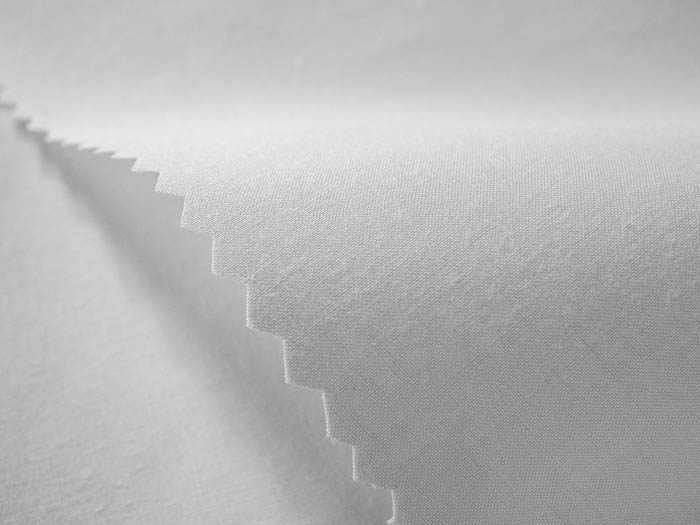In the realm of textiles, few materials evoke the essence of comfort and elegance quite like cotton percale. This luxurious fabric, revered amongst connoisseurs and casual users alike, strikes an exquisite balance between durability and comfort. If you’ve ever found yourself enveloped in the soft embrace of cool bedding or a crisp shirt, there’s a fair chance you were luxuriating in cotton percale. But what exactly is this fabric, and why does it deserve a deeper exploration? Let’s delve beneath the surface and uncover the nuances of cotton percale.
At its core, cotton percale is a type of fabric that utilizes a distinctive weaving technique. Traditionally, yarns are woven together in a pattern that creates a fine texture, characterized by its smooth finish and breathable quality. The term “percale” refers not only to the weave but also to the weight of the fabric – specifically, it denotes a fabric with a thread count of at least 200. This elevated thread count is crucial, as it signifies a tighter, more durable weave that contributes to the fabric’s overall longevity and comfort.
What makes cotton percale particularly appealing is its unique tactile experience. Imagine running your fingers over smooth, cool sheets on a warm summer night. Unlike sateen, which has a glossy finish, cotton percale boasts a matte feel, offering a crisp and refreshing sensation against the skin. This quality is ideally suited for those who prefer a fabric that feels lightweight and airy. It is often deemed the ideal choice for warm-weather clothing and bedding, making it a popular pick for summer wardrobes or those residing in warmer climates.
Delving deeper into its origins, cotton percale has a rich history that traces back centuries. First popularized in 19th-century Europe, this fabric has transcended generations, evolving to meet the shifting demands and tastes of consumers. Historically, cotton percale was crafted from the finest long-staple cotton fibers, which significantly contribute to its luxurious feel. While advancements in textile technology have allowed for the production of cotton percale from shorter fibers, the essence of quality remains integral to its charm.
One cannot overlook the environmental implications of fabric choice in today’s eco-conscious landscape. Cotton percale often emerges as a sustainable option due to its natural fibers. However, the environmental impact depends on growing practices. Organic cotton percale fabric is cultivated without the aid of synthetic pesticides or fertilizers, thus promising a lower carbon footprint and fostering healthier ecosystems. Brands focused on sustainability are increasingly recognizing the value of organic cotton percale, offering consumers a responsible yet chic option for their bedding or apparel needs.
The versatility of cotton percale is another factor that sets it apart from other fabrics. Whether used for bed linens, pillowcases, or even garment production, this fabric adapts effortlessly to various applications. Its soft yet durable nature ensures that it withstands the rigors of daily use while maintaining its pristine appearance. This inherent resilience allows cotton percale to remain unchanged through numerous washes, unlike other fabrics that may lose their serenity with time. Add to this the vast array of colors and patterns available, and cotton percale transforms into a canvas of creativity for designers and consumers alike.
In the context of bedding, the allure of cotton percale goes beyond just aesthetics. Sleep experts emphasize its breathable nature, which facilitates temperature regulation throughout the night. Particularly for those who tend to overheat, cotton percale provides an ideal sleeping environment by promoting airflow. This characteristic not only heightens comfort but also contributes to a more restful night’s sleep. With an increasing recognition of the significance of quality sleep, the demand for high-end cotton percale bed sets continues to rise.
Notably, the maintenance of cotton percale also merits discussion. Unlike some delicate fabrics that require extensive care, cotton percale is relatively low-maintenance. Machine-washable and durable, it easily springs back to its original form after cleaning. To maintain its crispness, many recommend avoiding fabric softeners, which can inadvertently reduce the fabric’s natural breathability. Instead, a simple wash followed by air drying or a gentle tumble dry will preserve the excellence long associated with cotton percale.
Moreover, the aesthetic appeal of cotton percale cannot be overstated. The fabric drapes beautifully, framing form and structure in a manner that many find visually intriguing. Whether in an intricate floral pattern or a minimalist solid hue, cotton percale garments and textiles radiate a certain sophistication. This marriage of form and function elevates everyday items into realms of high fashion and design.
In conclusion, cotton percale transcends mere function, threading together comfort, quality, and aesthetic appeal. Its unique weaving technique, along with its historical significance and environmental aspects, contribute to its esteemed position within the textile arena. As consumers become increasingly aware of their choices, the enduring charm of cotton percale continues to lure novices and aficionados alike into its embrace. With every touch and gaze directed at this remarkable fabric, one can’t help but appreciate the artistry, craftsmanship, and sustainable practices that encompass the world of cotton percale.
